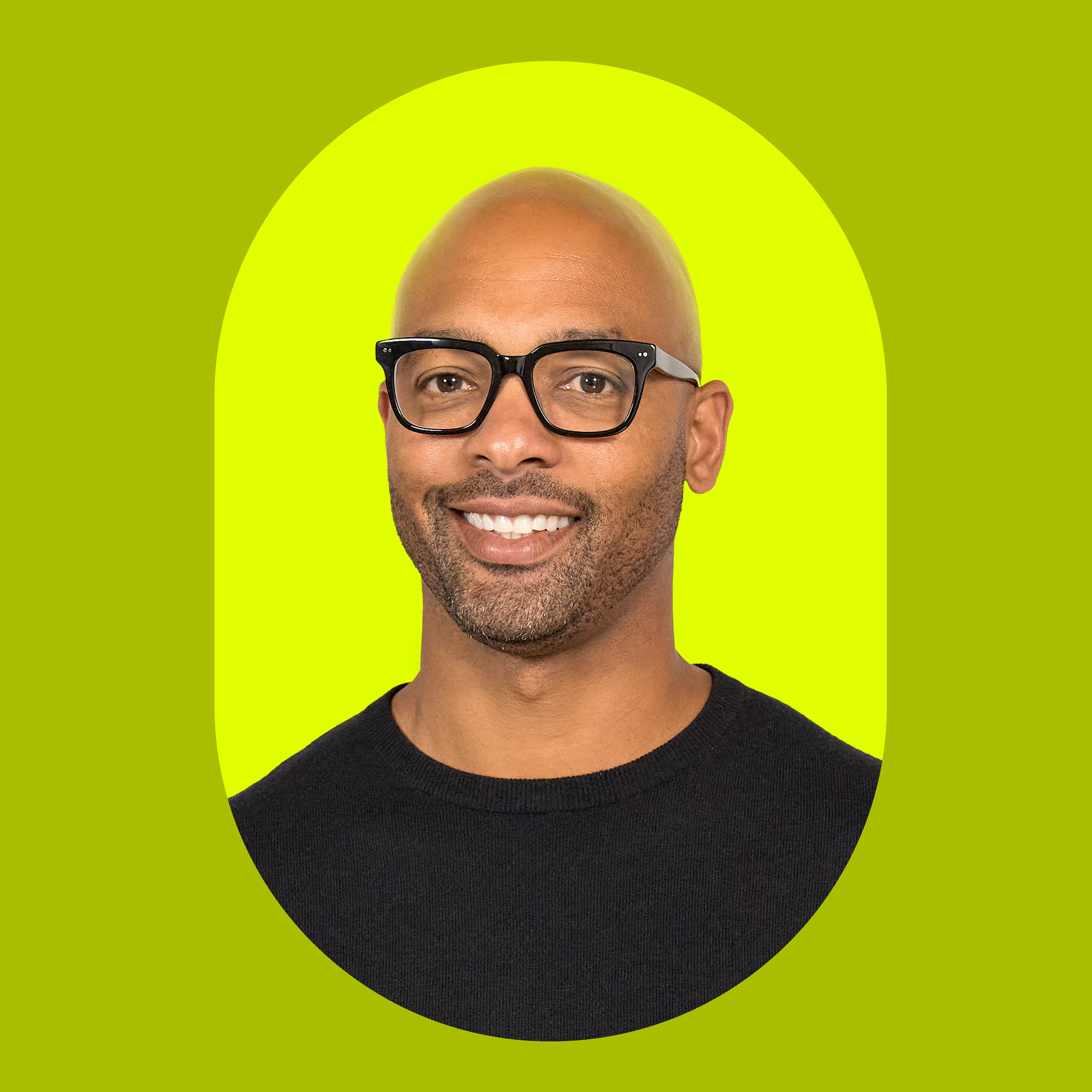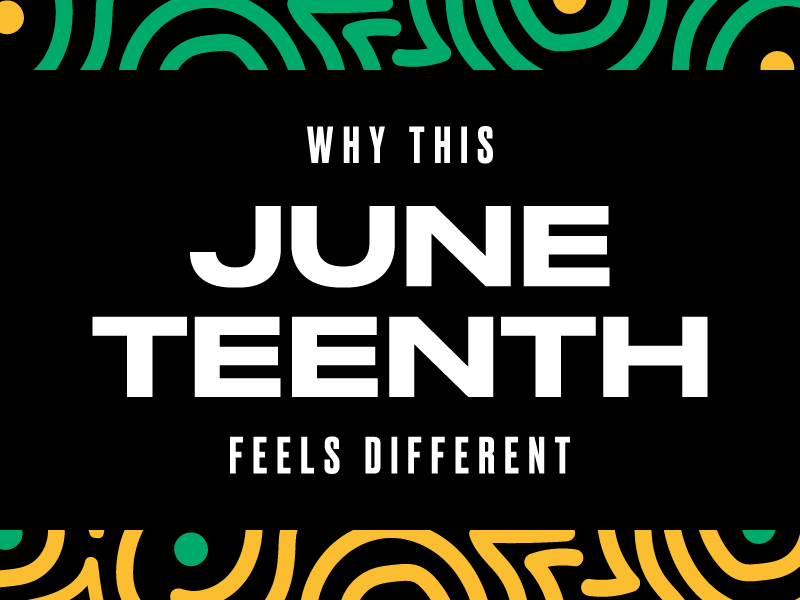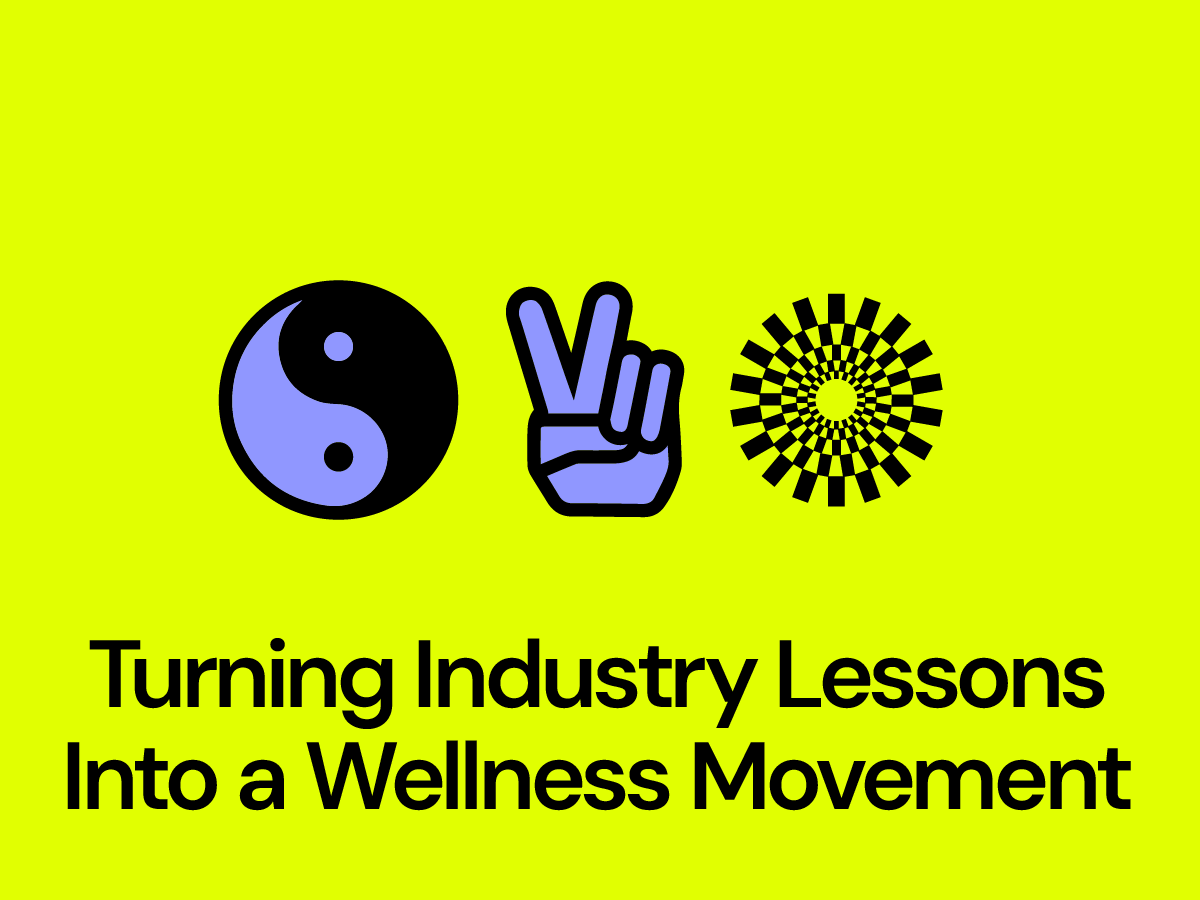Why This Juneteenth Feels Different

In June 2020, I wrote an opinion piece entitled, “Why I Signed a Letter to Rewrite the Future of Advertising.” It was in response to being one of 600 Black executives penning an open letter to the advertising industry, demanding action to address the systemic racism and inequities within it. It called for accountability and transparency, using 12 steps to help close the opportunity gap for Black talent and create a better industry together. In an interview a couple of months later, I said, “I hope this is not a moment, but a movement.”
In the wake of George Floyd’s murder and the BLM Movement, there was a lot of talk in our industry about the many changes that need to take place, with promises by agencies and holding companies pledging to do better. The momentum, optimism, and greater focus on diversity, equity, and inclusion encouraged me. For whatever reason, things just felt different.
Sadly, I’m not sure a movement is taking place. Yes, there has been a lot accomplished over the last three years. Many great organizations like 600 & Rising, 100 Roses from Concrete, BLAC Internship Program, 4A’s MAIP, ONE School, etc., were either birthed or gained greater awareness during this time. Even celebrities like Ryan Reynolds joined the efforts with the backing of Creative Ladder. But the numbers speak for themselves. There are not significantly more Black or Brown people within the advertising industry, and retention numbers are still abysmal.
Over the last year, we’ve seen some troubling trends with a rash of layoffs. DEI professionals are being dismissed at a staggering rate. In the few months following George Floyd’s murder, DEI job listings increased 123%, according to Indeed. Many of those roles are now being eliminated because they are not revenue-generating, or they are leaving because they need more resources to be successful. In 2022, DEI-focused positions experienced a nearly 40% churn rate at companies engaged in layoffs, compared to about 24% for non-DEI roles. With the departure of these roles, many of the initiatives these executives were driving also disappeared.
Hue, a workplace culture platform, released a report in 2022 that found 84 percent of workers felt there was “a lack of meaningful progress” for equity work over that past year. Additionally, 40 percent of Black workers reported experiencing workplace discrimination based on their race, and subsequently don’t feel empowered to speak up about the mistreatment. This pattern feels disturbingly familiar as a Black man who grew up in this industry.
Furthermore, people are experiencing DEI fatigue, the emotional and psychological exhaustion individuals may experience when engaging in DEI-related activities or initiatives. It’s real, and it affects all parties involved. People of color are exhausted from continually pushing for diversity and inclusion dialogue and programs, while White leaders express exhaustion and even question why there is so much attention on diversity. In a recent survey conducted by Deloitte (Build trust in diversity, equity and inclusion commitments), 40 percent of respondents in upper management roles said there is too much focus on diversity.
As many companies require people to return to the office, even in a hybrid setting, workplaces seem like potential powder kegs for issues. Depending on where you are in the country or your political views, much of what was once considered progress is now viewed as “woke culture” that needs to be resisted. Brands are taking tremendous heat or even backlash when they intend to be more inclusive. “Go woke, go broke.” continues to be a growing sentiment.
All this to say that we still have a long way to go. Real change requires specific and shared accountability, from the C-suite to managers to every worker. Leaders need to be accountable for organizational decisions they make. Managers need to be accountable for practices put in place, and workers need to be accountable for creating a sense of belonging for others. Here are five simple steps to building a more inclusive workplace:
- Communicate goals and progress.
There’s the old saying: “What gets measured gets managed.” The same holds true for a more diverse environment. Data and the transparency of that data can empower an organization. Since 2020, we’ve publicly reported our diversity data and shared our goals with everyone in the organization. This has enforced accountability and inspired progress. - Educate your teams.
Training is crucial in creating a more inclusive company. All employees, including leaders, need the right tools to enact behavior change. Whether it’s unconscious bias training or understanding microaggressions, training can improve employee satisfaction, retention, and productivity. - Listen to employees.
It’s important to have mechanisms in place to understand the experiences and challenges of employees. Incorporating Employee Resources Groups (ERGs), implementing employee satisfaction surveys, or even consistently holding one-on-ones and town hall meetings are just a few ways to keep a pulse on what’s happening in the workplace. Being an active listener means being willing to hear tough news or negative feedback.
- Embrace coaching and mentoring.
Various studies show that coaching, especially with a DEI focus, has positive ripples throughout organizations. It gives people the tools and cultural competence to speak courageously on complex issues, fostering understanding and intentional allyship to deliver DEI strategies.Moreover, effective mentorship programs can provide valuable support for new hires while establishing an open, inviting workplace culture where all employees feel empowered to bring their full selves to their work. Evidence suggests that 91 percent of workers with a mentor are satisfied with their jobs. That portion drops significantly among those who don’t have a mentor. In contrast, more than 40 percent of employees without this type of role model have considered quitting in the last three months. - Celebrate differences.
At DNA, we believe that “Different Wins.” It’s not a catchy tagline; there’s science behind it. When team members have different ways of thinking, they can offer unique insights, challenge assumptions, and promote innovation. Cognitive diversity helps mitigate groupthink, which limits creativity and critical thinking. By embracing diverse cognitive styles, teams can enhance their decision-making processes, adapt to complex challenges more quickly, and achieve better business outcomes.
As we commemorate this Juneteenth, a day of reflection and celebration, let’s learn from 2020 without regressing into it. It’s time to renew our commitments and move beyond performative actions. Let’s not just talk about it; be about it. Yes, the journey for equality is arduous, but capturing it will benefit everyone, including our industry.



